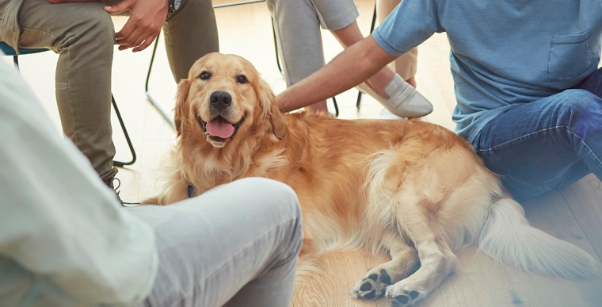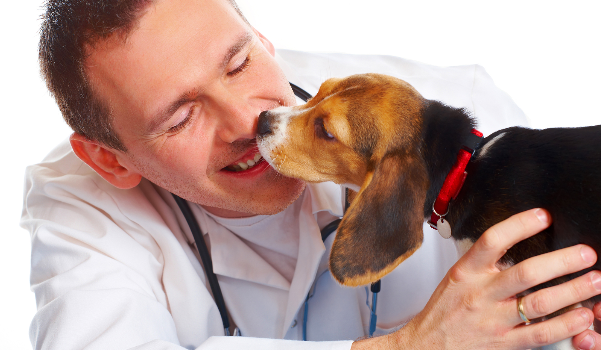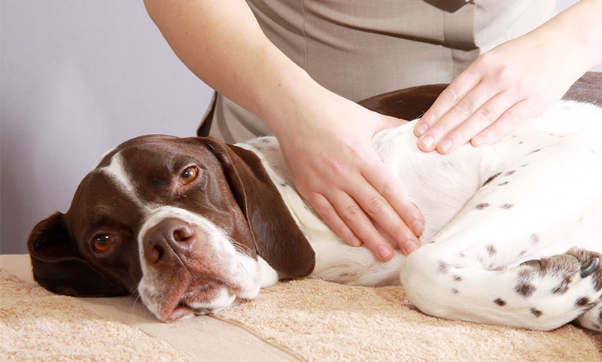Professional’s Pet Rehab Guide

There’s no denying it, we all have knees, even our canine companions. Knees are sometimes a source of discomfort and most often, injury. Athletes and non-athletes alike are likely to have some sort of knee issue during their lifetime. This can also be said of our canine counterparts. Just because they walk on four legs instead of two, does not make them any less likely to encounter an issue. The knee, or stifle joint in dogs (and cats), is prone to a common injury where one of the two ligaments that criss-cross in the knee, tears or ruptures. This ligament is the cranial cruciate ligament and it is responsible for keeping the joint from overextending, overt inward rotation and incorrect forward movement. The cranial cruciate ligament or CCL is also frequently referred to as the ACL or anterior cruciate ligament. Injury may occur after such actions as sudden starts, sudden stops, tight turns, jumping and running. Pretty much all the fun things dogs e

